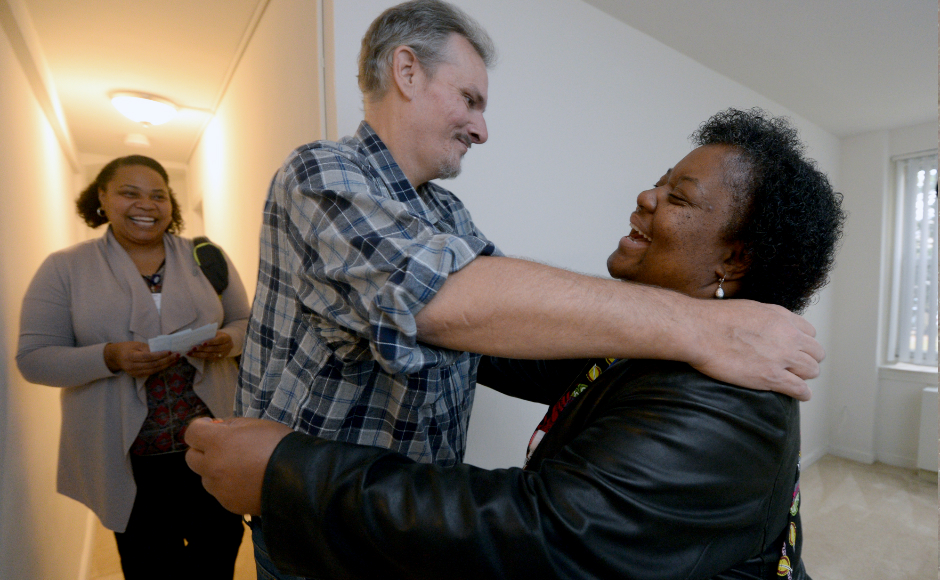 Providing wraparound services for people experiencing homelessness can help them get stabilized. Credit: April Saul for the Camden Coalition of Healthcare Providers (2015).
Providing wraparound services for people experiencing homelessness can help them get stabilized. Credit: April Saul for the Camden Coalition of Healthcare Providers (2015). Providing wraparound services for people experiencing homelessness can help them get stabilized. Credit: April Saul for the Camden Coalition of Healthcare Providers (2015).
Providing wraparound services for people experiencing homelessness can help them get stabilized. Credit: April Saul for the Camden Coalition of Healthcare Providers (2015).

